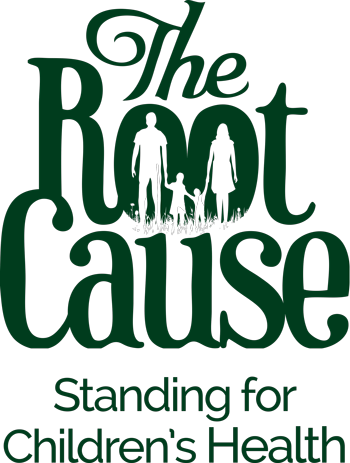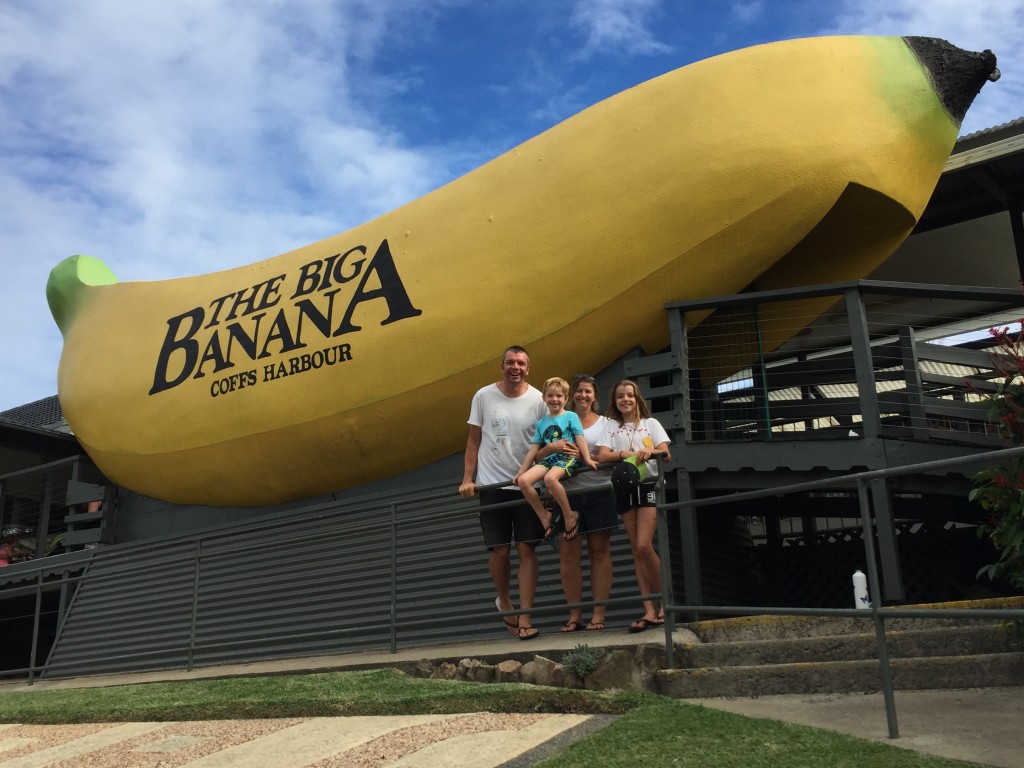
On our Australian Tour, our family recently took a visit to The Big Banana in Coffs Harbour and we did the Plantation Tour. We learnt so many fascinating things I just had to share. Please share this information with your children. It’s so important for us to reconnect with how real food is grown and to understand the absolute wonder and natural intelligence real food contains.
Did You Know Bananas:
1. Do not grow on a banana tree
It is considered bananas grow on a herb plant rather than a tree because the plant does not have a woody trunk/stem. Instead the trunk is made of banana plant leaves wrapped tightly around together to make what looks like a trunk. You can see this more clearly in the picture below. The banana plant comes from the same family as lillies, orchids and palms.
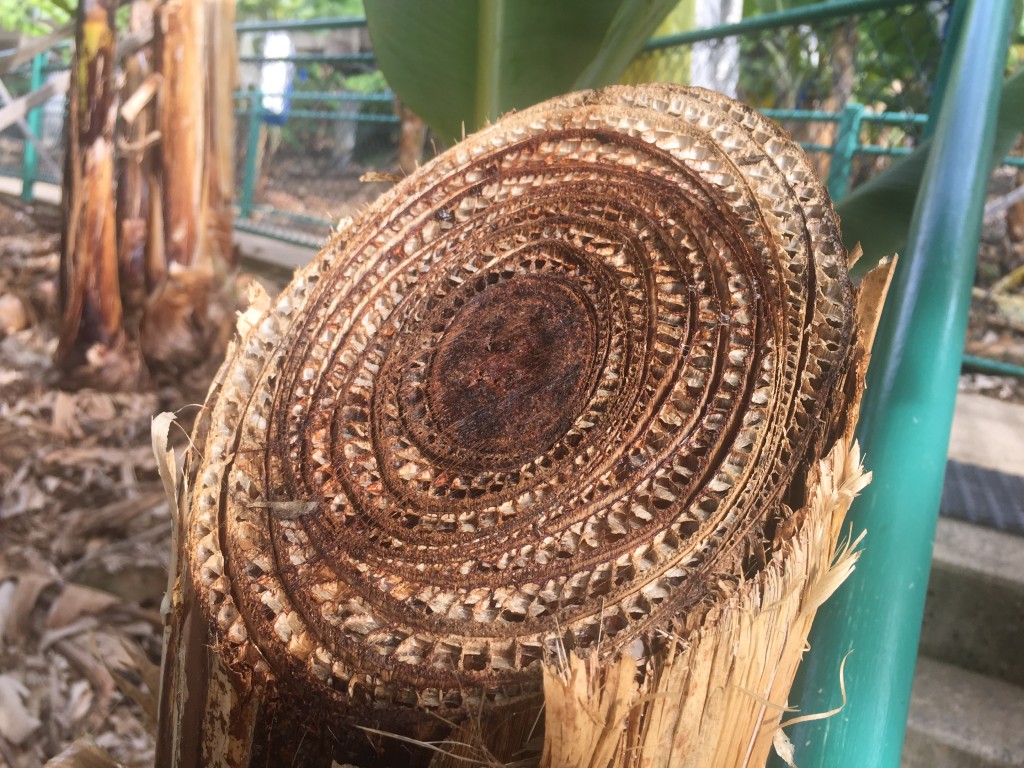
2. Grow in bunches
Each plant grows one bunch per year. A bunch can be made of up to 200 bananas. It is grouped in double row clusters. Each cluster is known as a hand and consists of 10 to 20 bananas. When harvested, the hands are usually cut into smaller hands of 4 to 6 for easier packing. An individual banana is known as a finger.
3. Only one harvest per year
A banana plant only produces one bunch of bananas. When it’s time to harvest, the plants stem (or technically called it’s stool) is cut down. An off shoot emerges from the bottom and this is called a sucker. A new plant emerges from this sucker and it will produce a new bunch of bananas usually within 12 to 18 months depending on the climate. In Coffs Harbour, it is 18 months. The stool is cut into small pieces and usually left on the ground to act as a mulch.
4. Plants walk
It is said that banana plants can walk. This is because of the process whereby once a bunch is harvested, the stem/stool is cut down, and a new plant called the sucker is allowed to grow from the base – usually at the side. This means the new plant has moved a little to the side of where the previous plant was.
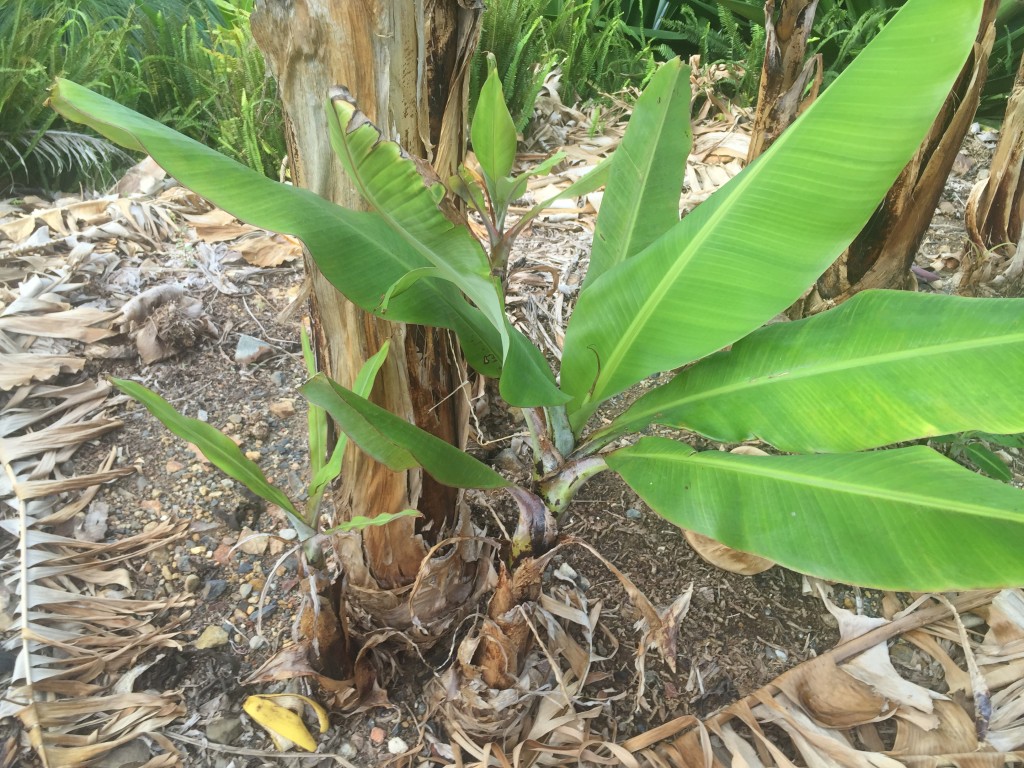
5. A bell protects and produces the bunch
I love how smart mother nature is. Listen to this. A bell forms inside the stem of the plant and pushes its way through the centre (known as the throat). It is red in shape and is vertically upright when it emerges from the throat, but it very quickly turns over so it’s pointing downwards. The bell is made of male and female flower petals. The female flowers are what become bananas, whilst the male are the protectors and eventually fall off as the bunch of bananas develop.
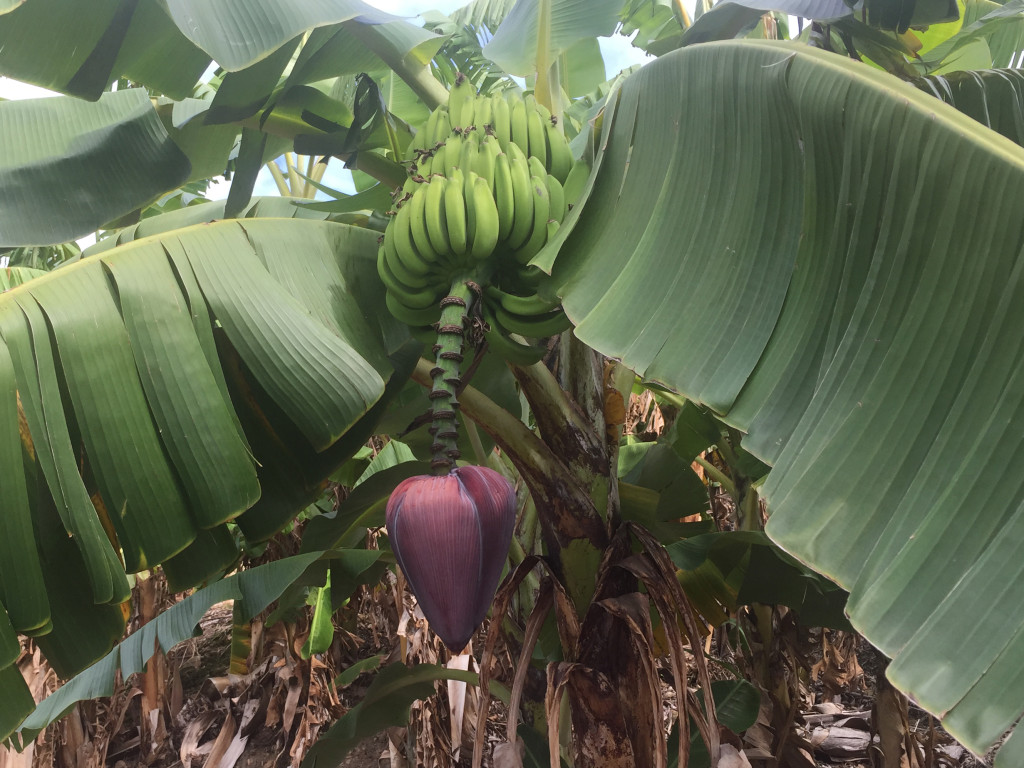
6. Start growing downwards before turning upwards
Have you ever wondered how bananas grow upward, afterall, wouldn’t gravity dicate they should hang downwards? Well if you did wonder this, then you were right. When a bunch starts to grow, the bananas are in fact hanging downwards but as they grow and take on more sunlight, this spurs on their grown hormone. This triggers a phenomenon called negative geotropism, and they start to turn upwards (like you see in the picture above). This turning around and growing upwards is what actually causes bananas to be a bent shape.
7. Harvest when bananas are mature
Bananas are considered mature 3 to 6 months after the bell has flowered. They are harvested whilst the bananas are still green with just a hint of barely noticeable yellow. At this stage they are still hard and do not have any noticeable angular ribs. They are then taken to a packing room where they are cut into smaller hands, then washed before being stored in a packing room or being sent to the supermarkets where they will ripen naturally.
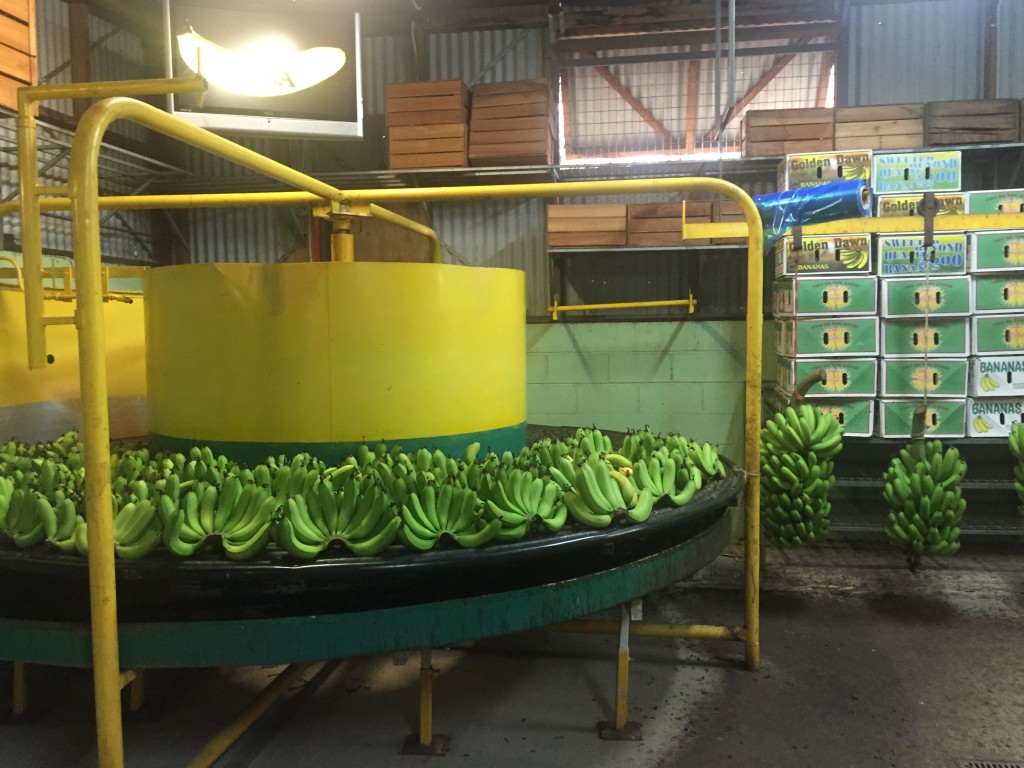
8. Contain their own special gas
Bananas give off their own natural ripening gas called ethylene. This is why you can put other fruit like an unripe avocado in a brown bag with a banana to speed up the ripening time of the avocado.
9. Grow all year round in Australia
Due to our differing climates in Australia, we are blessed that we can get bananas pretty much all year round.
10. Introduced to Australia by Italians and Indians
The Italians brought the first banana plant to Australia and started developing the crops in Coffs Harbour. Then sikh’s from India arrived and our banana plantations expanded.
So that’s 10 facts I learnt from The Big Banana’s Plantation Tour but lets take a look at the health properties for bananas.
Why you should eat bananas
Bananas have long been recognised for giving us energy because of the natural sugar content and fibre, but they have so many other health benefits. They contain
- vitamin C – good for our immunity,
- potassium – helps to maintain heart function and regulate blood pressure
- vitamin B6 – helps keep blood healthy and maintain blood sugar levels
- amino acid tryptophan – helps increase our serotonin (happy hormone)
- high in fibre – this is important for helping food move through our digestive tract
One of my favourite health sites Food Matters has written this great post – 25 powerful reasons to eat bananas that you may find interesting.
